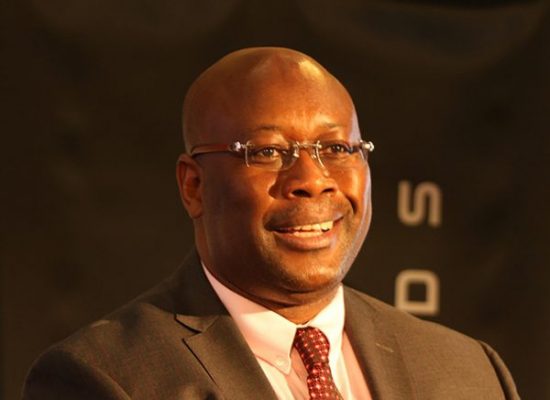The government says it will complete crafting the strategy for ramping up annual gold production to over 100 tonnes and grow export earnings from the sale of bullion to more than US$4 billion per year by mid-March this year.
Mines and Mining Development Minister Winston Chitando, confirmed this week that major strides have been made to ensure targets for the gold industry, Zimbabwe’s single largest export earner, are realised by fall of the first quarter of the year.
Gold is a strategic mineral for Zimbabwe as the commodity accounts for over a third of the country’s export earnings from the mining industry, which generates over 60 percent of the country’s annual export receipts.
Export earnings from the extractive sector have become more important for Zimbabwe, given that other sectors like agriculture and manufacturing are struggling with productivity amidst higher imports dependency.
Critical imports, for which Zimbabwe’s appetite for foreign currency has grown on account of weak economic performance, include fuel, electricity, maize, basic commodities, medicines, equipment and some raw materials.
The Southern African country has significant mineral wealth and Minister Chitando says it has over 40 known mineral occurrences, including gold, platinum, diamond, lithium, coal and chrome, but less than 10 are being fully exploited.
In brief response to enquiry by Business Weekly, Minister Chitando said this week the framework was “being unveiled by mid March,” and is being crafted together with large scale and small scale gold producers in the country.
Last year the minister told delegates at a 2020 Budget seminar for parliamentarians that his ministry held a breakaway session with both small scale and large scale gold producers to map out the strategies for 100 tonnes of gold.
“We did a breakaway session two months ago with members of the Zimbabwe Miners’ Federation and members of the Chamber of Mines of Zimbabwe where we closed ourselves behind doors for two days on a strategy to achieve and surpass the 100 tonnes and it was agreed that we can achieve and surpass 100 tonnes,” he said.
Minister Chitando targets for other minerals had already been achieved or were in the process of being achieved. Observers said, after decriminalising artisanal mining five years ago, Zimbabwe may already be producing 100 tonnes.
It is widely believed the country loses billions of potential export earnings to smuggling by small scale miners who are enticed by better prices offered by foreign buyers who also pay 100 percent in hard currency.
Zimbabwe’s gold output nosedived last year to 27,7 from 33,2 tonnes in 2018 due to smuggling by artisanal miners, who account for 60 percent of deliveries, who are unhappy of the Reserve Bank’s retention threshold.
The Southern African country had a target of producing 40 tonnes last year, but deliveries dipped 16,8 percent although sales kept with earnings from last year at US$1,3 billion thanks to better gold prices in 2019. Small scale miners have demanded that the RBZ reduces its retention threshold, the percentage of what it pays the artisanal miners in foreign currency, from 55 percent to between 70 percent and 100 percent.
While deliveries by large producers to the Reserve Bank’s sole authorised buyer of gold, Fidelity Printers and Refiners, also took at dip, the decline was only marginal after coming down from 11,5 tonnes to 10,1 tonnes.
Minister Chitando last year said a concept paper was already in place and what was left were the strategies to achieve the targets of 100 tonnes and US$4 billion exports, which the industry had agreed was achievable.
This forms part of a grand vision by Government to grow the mining industry into a US$12 billion industry by 2023.
Other minerals targeted in the grand scheme are platinum ($3 bn), chrome, nickel and steel (US$1 bn), coal and hydrocarbons (US$1bn) diamonds (US$1 bn), lithium (US$5oomln) and others (US$1,5bn).
Zimbabwe has several mining projects that are under development across the various sectors of the mining industry, the projects cut across both Greenfield and Brownfield investments, Minister Chitando said_Business Weekly
.png)




